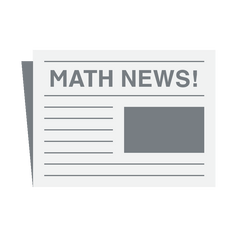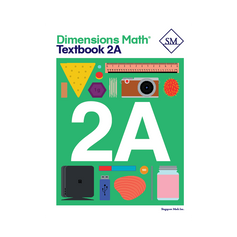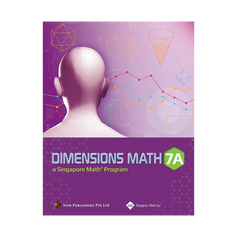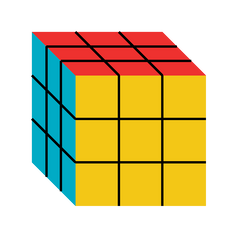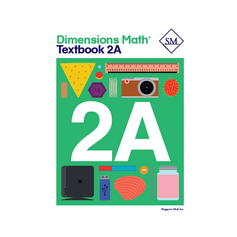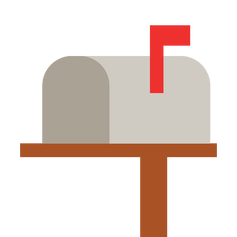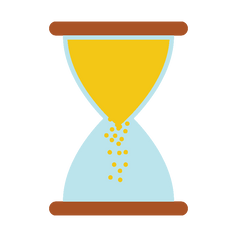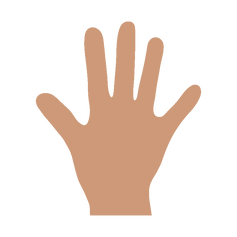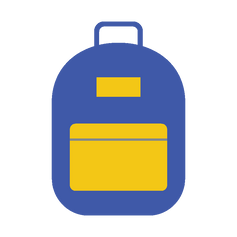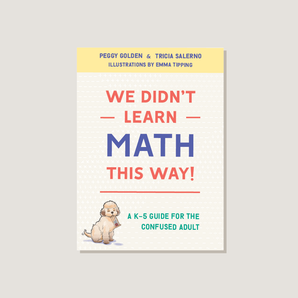Practical tips for working with students who are struggling:
- Make sure your student is in the appropriate level by giving a placement test. It's much better for students to start at an earlier level (for example, a rising third grader might place into Dimensions Math 2A) than to jump into material that is beyond their current comprehension. Correct placement sets students up for success.
- Provide more guidance in the Think sections, or proceed directly to Learn.
- Allow students to use manipulatives for more problems in the Do section.
- When different methods are supplied in the Learn sections, determine which method works best for the student and focus on that method.
- Assign fewer problems from Do and the Practices for students to do independently, skipping the later problems (they get progressively more difficult).
- Expect less use of mental math strategies, and allow students to use the standard algorithm more.
- Use the Basics in the Workbook as a reteach opportunity, guiding students through it.
- Assign fewer problems from the Practice in the Workbook when there are a lot of problems, particularly the later problems (which are more difficult).
- Skip the Challenge section in the Workbook.
- Use Tests as a review resource, selecting appropriate problems for practice, rather than assigning and grading.
- Skip the BrainWorks in the Teacher’s Guide.
- The Home Instructor’s Guide has additional suggestions for struggling students.
Practical tips for working with advanced students:
- Provide less guidance in the Think sections.
- Expect students to use manipulatives less.
- Expect that students will come up with some of their own methods beyond the ones in the Learn section, and encourage them to do so.
- Spend less time on lessons that are reviewing material from earlier levels.
- Skip the Basics in the Workbook.
- Have students attempt the Challenge in the Workbook.
- Include the BrainWorks in the Teacher’s Guide.
- Administer Test B from the Tests books.
- The Home Instructor’s Guide has additional enrichment suggestions and mental math content for advanced students.
Differentiation for Struggling Students
Practical tips for working with students who are struggling:
- Make sure your student is in the appropriate level by giving a placement test. It's much better for students to start at an earlier level (for example, a rising third grader might place into Dimensions Math 2A) than to jump into material that is beyond their current comprehension. Correct placement sets students up for success.
- Provide more guidance in the Think sections, or proceed directly to Learn.
- Allow students to use manipulatives for more problems in the Do section.
- When different methods are supplied in the Learn sections, determine which method works best for the student and focus on that method.
- Assign fewer problems from Do and the Practices for students to do independently, skipping the later problems (they get progressively more difficult).
- Expect less use of mental math strategies, and allow students to use the standard algorithm more.
- Use the Basics in the Workbook as a reteach opportunity, guiding students through it.
- Assign fewer problems from the Practice in the Workbook when there are a lot of problems, particularly the later problems (which are more difficult).
- Skip the Challenge section in the Workbook.
- Use Tests as a review resource, selecting appropriate problems for practice, rather than assigning and grading.
- Skip the BrainWorks in the Teacher’s Guide.
- The Home Instructor’s Guide has additional suggestions for struggling students.
Differentiation for Advanced Students
Practical tips for working with advanced students:
- Provide less guidance in the Think sections.
- Expect students to use manipulatives less.
- Expect that students will come up with some of their own methods beyond the ones in the Learn section, and encourage them to do so.
- Spend less time on lessons that are reviewing material from earlier levels.
- Skip the Basics in the Workbook.
- Have students attempt the Challenge in the Workbook.
- Include the BrainWorks in the Teacher’s Guide.
- Administer Test B from the Tests books.
- The Home Instructor’s Guide has additional enrichment suggestions and mental math content for advanced students.







